Here is some of the news from our group during this most unusual time.
Congratulations to Georgia Lynott, who successfully completed her PhD this year! Georgia's viva was conducted online in June, and the group got together virtually to celebrate. We hope that we can celebrate in person in the near future! Final year PhD student Marianthi Moschou has also recently submitted her thesis and is awaiting her viva.
In January, Raphael Assier spent a very productive week at the Laboratoire de Mécanique et d'Acoustique in Marseille, working on homogenisation with Bruno Lombard and Cédric Bellis.
In February PhD student Erik Garcia Neefjes travelled to Australia where he spoke on "Wave Propagation in Thermo-Visco-Elastic Continua" at KOZWaves and explored waves in other ways, too! You can read his blog about the trip here.
| Also in February, PhD student, Marianthi Moschou, was a runner up in the Smith Institute TakeAim competition with her entry, "Noise Pollution: Our Enemy Against Green Aviation". After lockdown, conferences moved online, and on the 25th of May, Postdoc Matt Nethercote spoke online at Days on Diffraction 2020. The title of his talk was "High Contrast Approximation for Penetrable Wedge Diffraction". We look forward to a full programme of online conferences and seminars this semester. Regular fixtures include the ICMS Virtual Seminar Series: Waves in Complex Continua (Wavinar), which is organised by Anastasia Kisil. You can find a list of regular seminar series here, and upcoming conferences here. |
There have been several new publications from the group this year. An ongoing list of publications can be found here.
A few recent highlights include a new review paper in National Science Review, co-authored by Professor I. David Abrahams, Anastasia Kisil and several others [1]. This review was sparked by discussions at the Isaac Newton Institute’s 2019 research programme, "Bringing pure and applied analysis together via the Wiener-Hopf technique, its generalisations and applications". Another recent paper from Anastasia, with Matthew Colbrook (DAMPT Cambridge) recently appeared in Proc. R. Soc. A.: A Mathieu function boundary spectral method for scattering by multiple variable poro-elastic plates, with applications to metamaterials and acoustics [2].
| Zeshan Yousaf and Will Parnell collaborated with Prasad Potluri from the Department of Materials here at the University of Manchester, and Michael Smith from the Department of Applied Mathematics and Theoretical Physics, University of Cambridge. Their paper examining the properties of polymer filled syntactic foams was published in April [3]. You can read a 3-minute précis of their work here. Recent work from Matt Nethercote and Raphael Assier with David Abrahams, High-contrast approximation for penetrable wedge diffraction, appeared in the IMA Journal of Applied Mathematics [4]. |
| Engagement Before lockdown we took our Making Music With Maths KS1&2 workshop to IntoUniversity Manchester North. IntoUniversity is an organisation that supports young people from disadvantaged backgrounds to attain either a university place or another chosen aspiration. We had great fun learning about sound and vibration, and making noisy kazoos! We also brought our Seeing Sounds KS3 workshop to several local high Schools, where students got hands-on using musical instruments to work out the speed of sound. Information on schools outreach can be found here. |
| We had several live events planned for the summer, including Big Bang Fair, Glasgow Science festival and more locally, BlueDot festival. In celebration of the International Year of Sound 2020, our hands-on exhibit would have asked the question “how big is sound?” and offered visitors the chance to explore the scale of sound waves, and find out why this matters to noise reduction. Sadly of course, in-person events were cancelled due to the Covid-19 coronavirus. However, we have enjoyed taking part in online engagement events, including CocoMAD 2020 and Glasgow Science Festival’s Hands-On(line). The International Year of Sound has been extended into 2021, and you can find the event calendar here. |
| During lockdown, we have created many online learning resources about materials and waves, including several experiments with household objects that we recorded at home on a mobile phone! You can find them here, and on our YouTube channel, newly launched this year. Also on our YouTube channel you can find short clips of our excellent PhD students talking about their research. |
Earlier this year we welcomed Matt Nethercote back to the group! Matt completed his PhD with Raphael Assier last year, and returned for a PostDoc with Anastasia Kisil. This month we welcomed two new PhD students to the group: Matthew Riding, who has started his PhD with Anastasia Kisil, and Mark Mesbur, who is jointly supervised by Will Parnell and Professor Paola Carbone in the Department of Chemical Engineering. We look forward to a busy academic year 2020-2021, meeting the challenges of online teaching, and remote-working.
[2] M. J. Colbrook. and A. V. Kisi, A Mathieu function boundary spectral method for scattering by multiple variable poro-elastic plates, with applications to metamaterials and acoustics, Proc. R. Soc. A., 2020, 47620200184, https://doi.org/10.1098/rspa.2020.0184
[3 ]Z. Yousaf, M. Smith, P. Potluri, W. Parnell, Compression properties of polymeric syntactic foam composites under cyclic loading, Composites Part B: Engineering, 2020, 186, 107764,
https://doi.org/10.1016/j.compositesb.2020.107764
[4] M A Nethercote, R C Assier, I D Abrahams, High-contrast approximation for penetrable wedge diffraction, IMA Journal of Applied Mathematics, 2020, 85, 3, 421-466, https://doi.org/10.1093/imamat/hxaa011

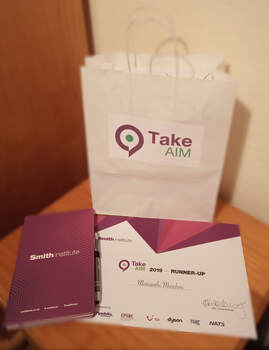
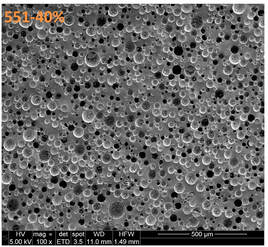
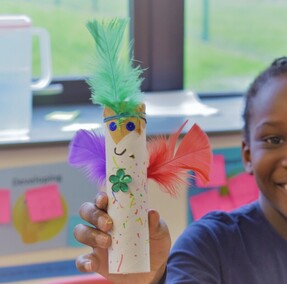
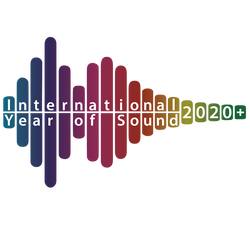
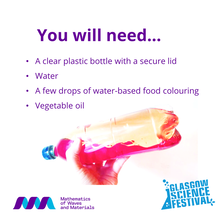
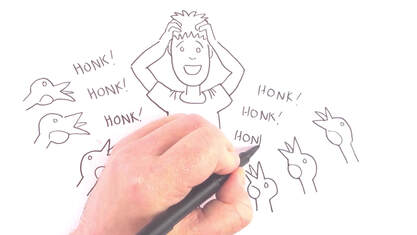
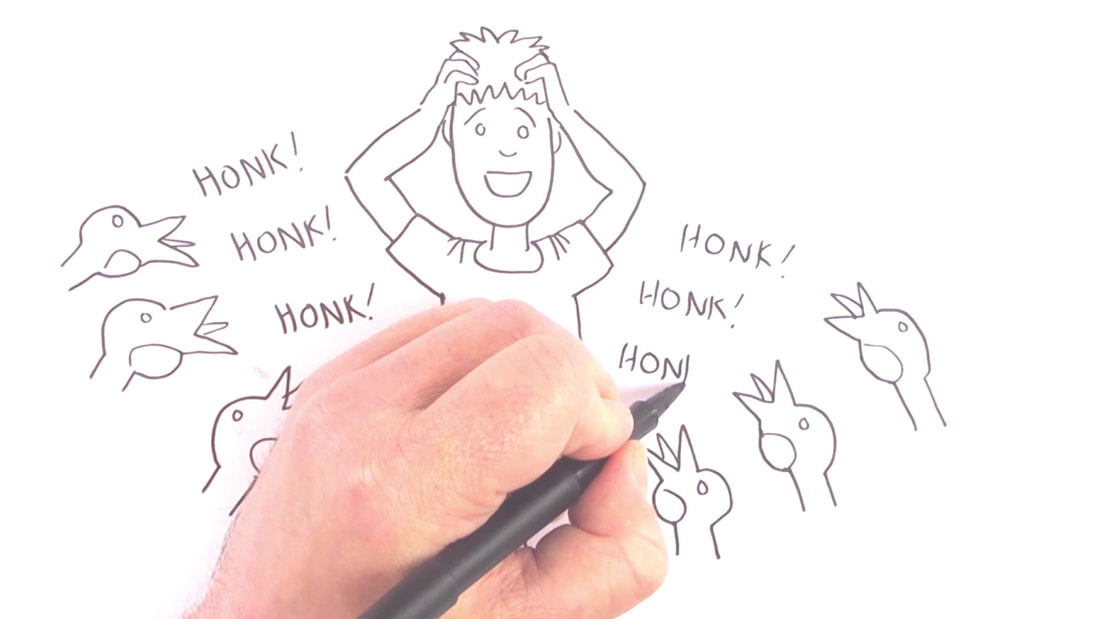
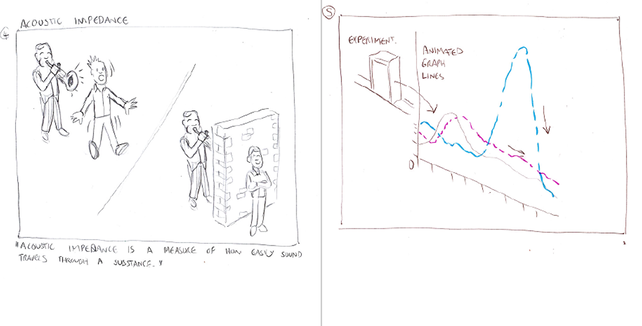
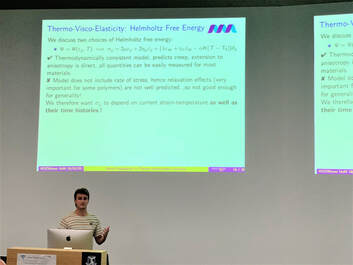

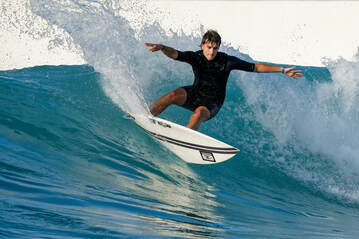
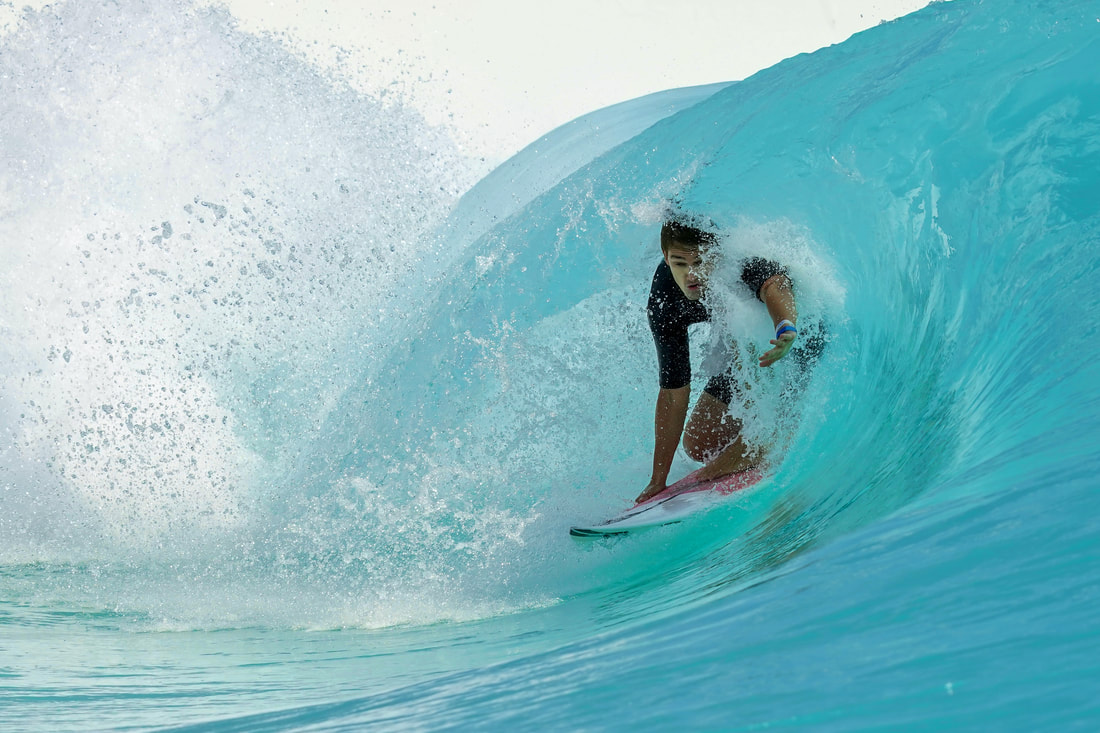
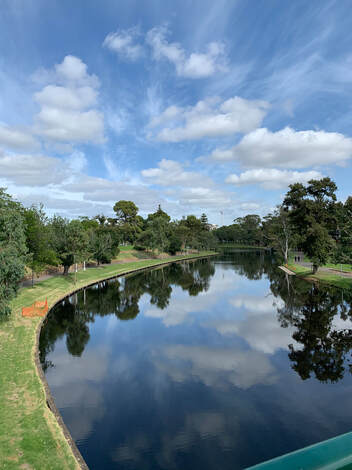
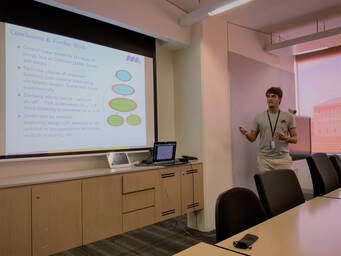
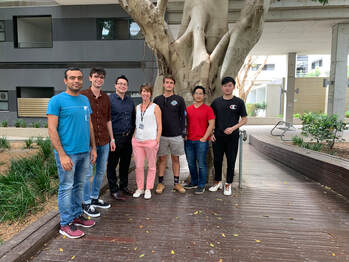
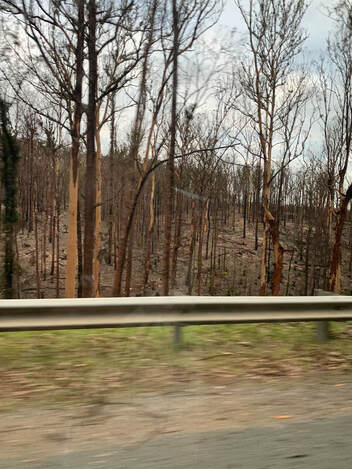

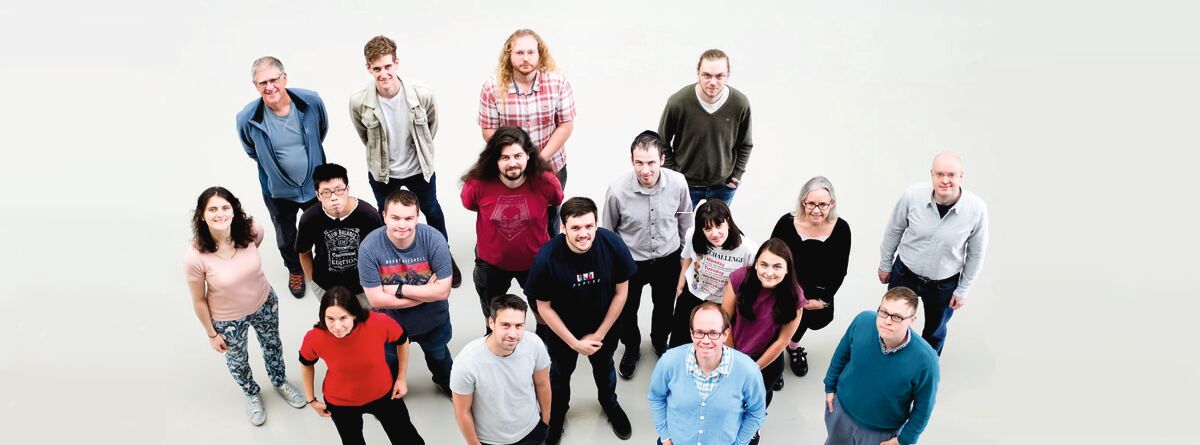
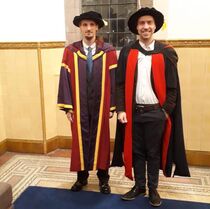
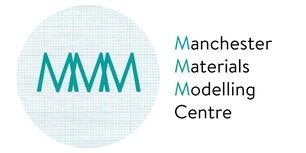
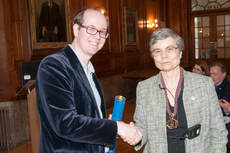
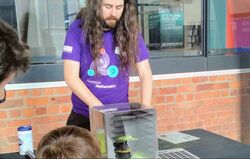
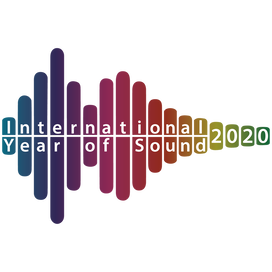
 RSS Feed
RSS Feed